Illustration by Punya Mishra.
See sketch of Douglas Adams at the end of this post.
I have always been a huge fan of Douglas Adams, trying to sneak in his ideas into my academic writing whenever I can. I had written about my previous attempts in a blog post titled: Douglas Adams, technologies & anticipatory plagiarism. I should admit that am lucky to have co-authors who share my love for Adams and enjoy playing these games together.
Danah Henriksen and I were recently asked to write a Foreword to a book on Computational Thinking in the STEM Disciplines and that gave us another opportunity to bring in Douglas Adams and his ideas. In this pieces we built on an insightful talk given by Adams in 1998 at Magdalene College, Cambridge.You can read a transcript of the talk here or listen to it here. As we write in the article:
In a wide ranging, extempore speech, Adams covered a range of topics, in his inimitably funny yet insightful manner, including the cultural and intellectual history of the human civilization. One of the insights he shared with the audience how human technological history consists of, what he referred to as, the four ages of sand. Specifically, Adams seeks to describe how technological change has changed and broadened our understanding of ourselves and the world.
You can read our article by following the link below.
Mishra, P., & Henriksen, D. (2018). Foreword. In M. S. Khine (Ed). Computational Thinking in the STEM disciplines: Foundations and Research Highlights. Springer. https://doi.org/10.1007/978-3-319-93566-9
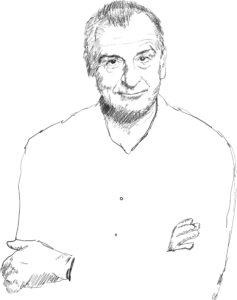
Sketch of Douglas Adams by Punya Mishra ©2018

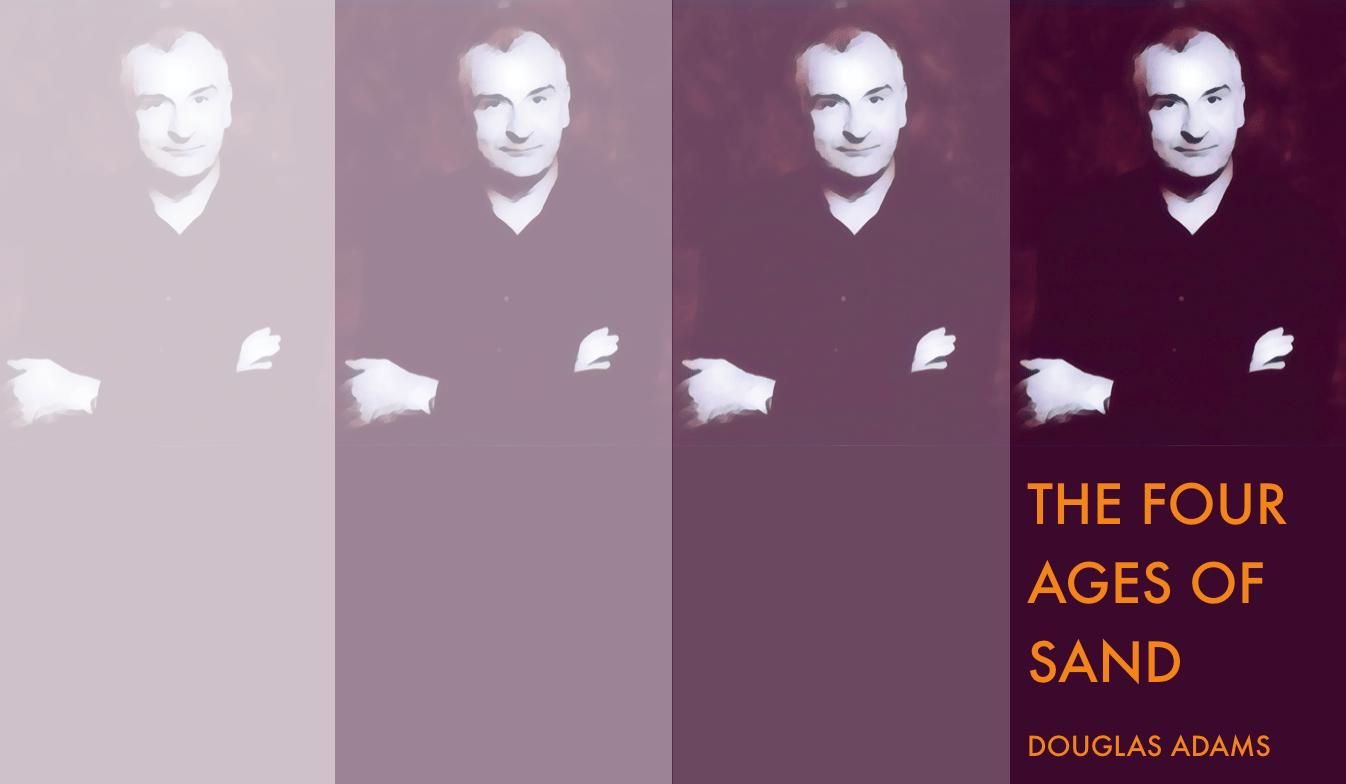
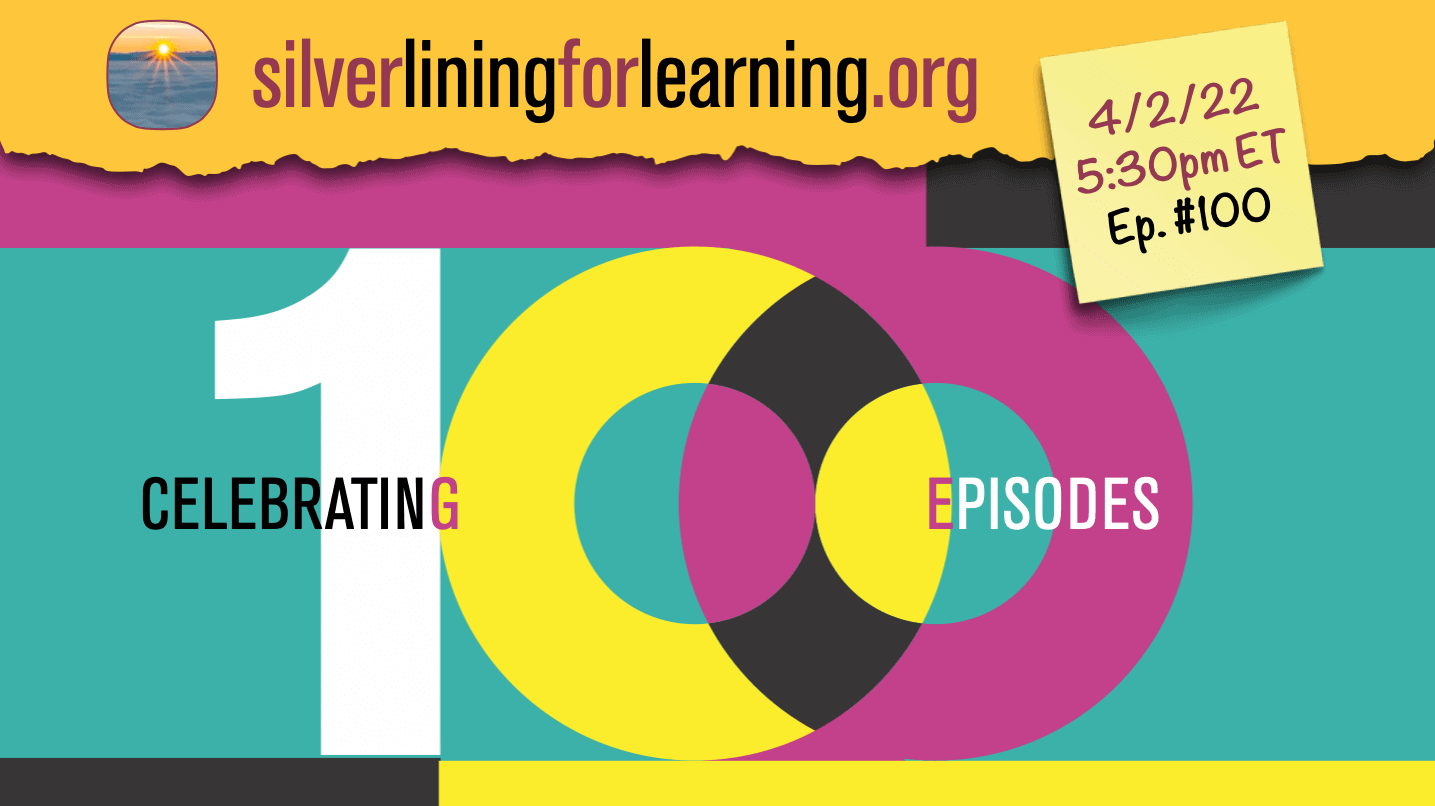

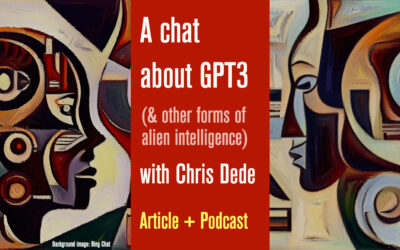
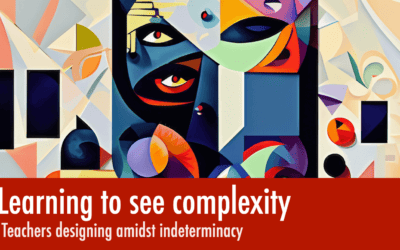
0 Comments